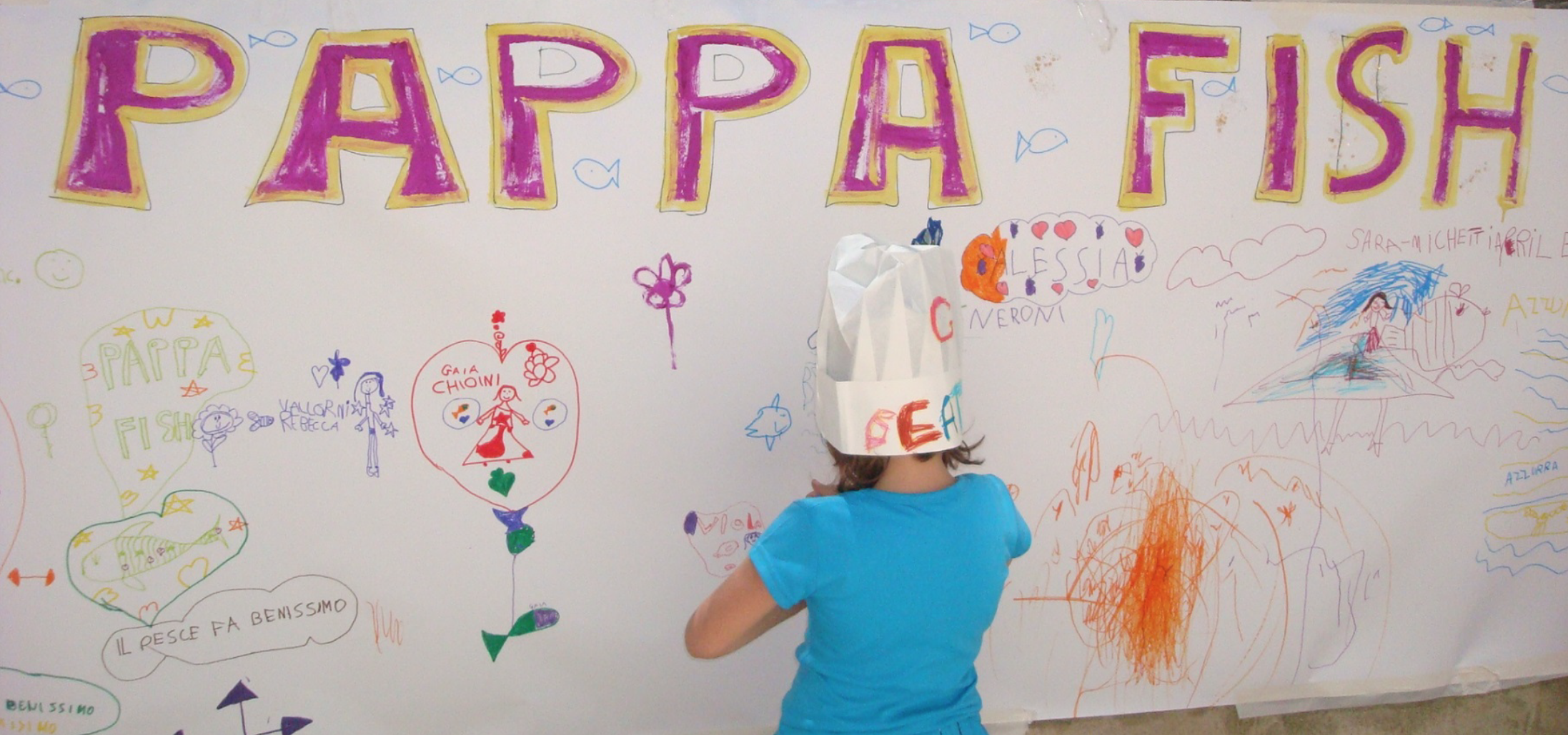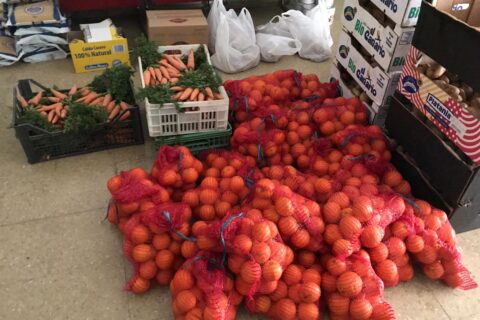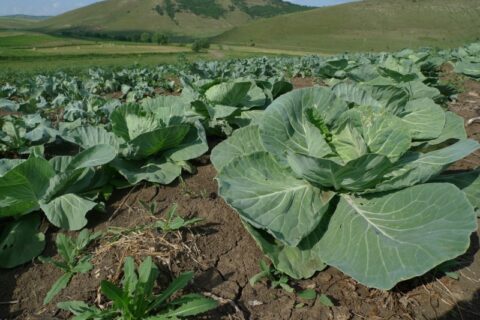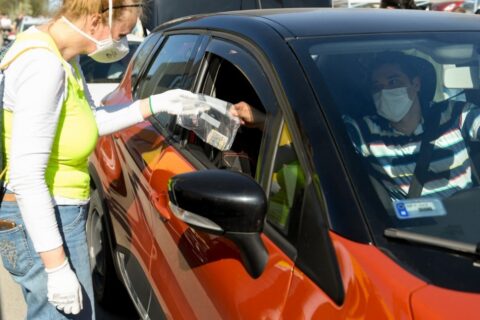
Short description
Name of the initiative? Pappa Fish
Country Italy
Region Marche region
What kind of initiative Marketing, Education/Training, Environmental, Biodiversity, Community, Policy making
Key words Fresh fish, reduced waste, local product
Success factors
Briefly describe what your initiative is about Pappa Fish is an initiative to increase the consumption of local fresh fish, bringing lesser known fish varieties onto into school meals with the objective to diversify what children eat and reduce fishery waste.
The Story
A lot of kids mainly eat only three things: potatoes, pasta and meat. Such a limited diet can cause growth problems. One of the foods they rarely eat is fish. The fish available in the canteens was typically frozen, imported from other countries and often preserved with polyphosphate – such a fish starts off big but when you cook it, it becomes very little. The day before serving it had to be defrosted, and the children don’t like the smell so they wouldn’t choose it. Fresh fish smells better so children are more inclined to eat it. In Rome more than 160 000 kids eat a meal every day in their school, so it was a big market.
In Rome more than 160 000 kids eat a meal every day
in their school so it was a big market.
I also wanted to explore using a fish that was under-utilised – fishermen tend to catch as many as twenty species of fish in their nets, but in reality, there are only three or four types that are requested in restaurants, so the rest are often waste. I designed meals using some of these lesser used fish.
The first project, called SANPEI, I made in the canteens of Rome with CNR (Italy’s National Research Council) in 2011

We organised cooking lessons for the children within the school that motivated them to taste the fish they’d never tried before. Not only this, but we raised awareness on maritime and small fishery traditions, which are part of our cultural and socio-economic heritage.
Pappa Fish is based on a programme for fisheries from the European Union. I approached the Marche region (my region) to include more fish on the menu in school canteens. Once I had their buy-in I started visiting the different municipalities, inviting them to participate with two goals: to produce fresh fish in school canteens and to provide education activities to the children. The first edition of Pappa Fish was produced in 2013. As of 2020 we have produced five editions.
The other people I connected with were the fishermen. It was a negotiation with them because I wasn’t asking simply for raw fish, I needed it to be filleted.
For Pappa Fish to be successful we involved Public Administrations, Health Agencies, dieticians, nutritional psychologists, marine biologists, teachers, parents, educational and social theatre operators, food technologists, all canteen operators, everyone involved in the local supply chain from fishing to food processing, and of course, the school pupils.
The fishermen were very pleased because they were
getting a value for fish species that had previously
been waste. This was a big incentive for them.
I think one reason it worked so well was the cost of the initiative was very cheap: there was a European Union tendering process so the municipalities could get funds and the types of fish we were buying cost very little. The fishermen were very pleased because they were getting a value for fish species that had previously been waste. This was a big incentive for them.
It was hard to convince the teachers and parents to try a fish that they didn’t know. They were afraid of young children choking on fish bones. For this reason, we also had to convince the fishermen to work on these fish to ensure there were no bones, rather than just supply them as they were. They needed processing units for this, which they didn’t have. In the beginning there was some resistance, but I explained that this was an opportunity for them to diversify their activities.
These people are very practical and if they don’t see
what is required by them and what the results can be,
they won’t engage with it or commit to it.
The school canteens are managed by big companies. They weren’t inclined to use this new product, so I had to work hard to help them understand the value and teach them how to process the fish and how to cook it in the school kitchen. I did some trials to demonstrate the acceptability of the product, I used my own money to invest in the fisher groups to show them how to process the fish, and to show the schools how to cook it. These people are very practical and if they don’t see what is required by them and what the results can be, they won’t engage with it or commit to it.

You have to be motivated and understand that you can change things. When I proposed my idea, everyone said it was impossible and it would fail. All aspects of education were extremely important. You really can change attitudes with learning. The school cooking lessons began with a story, with the children playing the parts of different characters, then they’d cook, then they’d eat together. Cooking the fish gives them the appetite to try it.
You really can change attitudes with learning.
Many of the municipalities in the Marche region have inserted the Pappa Fish programme into their school menus and there are now three other similar fish initiatives in other regions in Italy, not just in schools but in hospitals and care homes.
The change in the community was big because it was a change of feeding habit: parents of school children began buying these other types of fish that had previously been wasted to cook for their family at home. Now supermarkets stock these types of fish, which is another new market for the fishermen.
We are developing a traceable supply chain as well as a best practice model for the consumption of fresh fish, for Italy as well as abroad.
Within the canteens the amount of waste after a fish dinner has reduced from 66% to only 7%
Additional information
—
Repository compiled by: Paolo Agostini
E-mail contact: paolo.agostini@alberts.it



